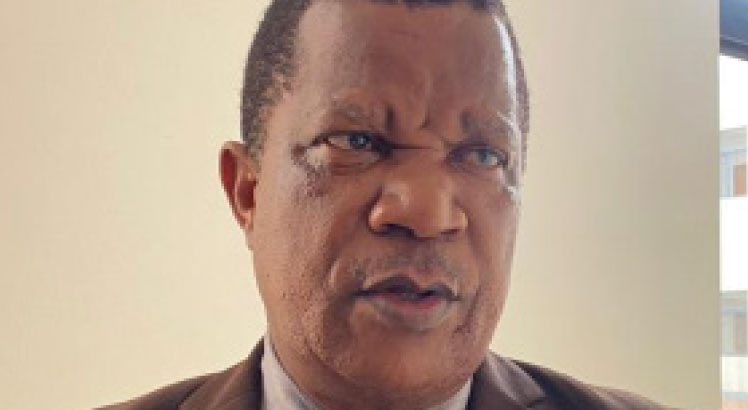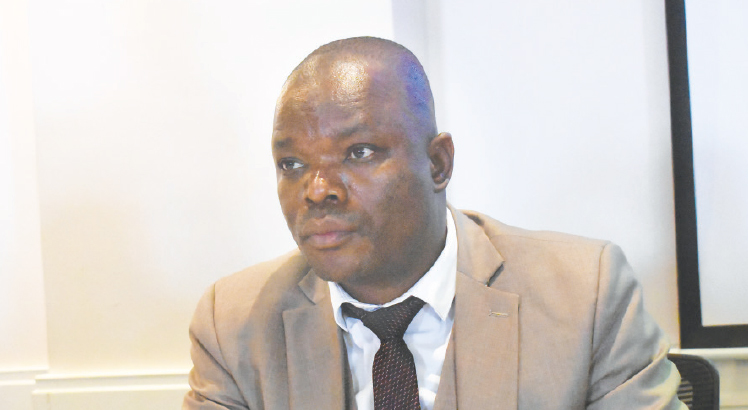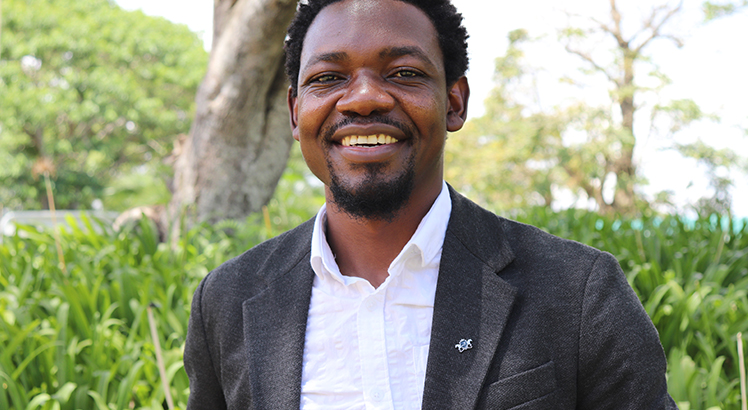‘WHO has strengthen Covid-19 surveillance’
The World Health Organisation [WHO] has recruited two consultants to strengthen the capacity of district health offices in Covid-19 surveillance—which include contact tracing, collection of samples and follow up on cases. So what is the view of WHO on Malawi’s efforts to contain the novel pandemic? Our reporter SUZGO CHITETE found out from WHO country representative Dr. Nonhlanhla Rose-Mary Dlamini. Excerpts:
WHO is recruiting consultants; one to be based in Lilongwe and another in Blantyre and they will be working with District Health Offices (DHOs). What will be the role of these experts and what gap will they be filling?

Two disease surveillance consultants have been locally recruited. The consultant in Lilongwe has started her duties and the one in Blantyre will assume duty at the beginning of May 2020. They will be supporting the two districts to strengthen surveillance activities for Covid-19. Specifically, they will be supporting the surveillance teams in the two districts to carry out the following: contact tracing of close contacts of the confirmed cases, collection of samples, follow up of confirmed cases and their close contacts, follow up of people on self- quarantine and recording and investigating rumours on social media and other sources.
How crucial is surveillance in containing Covid-19?
Surveillance is one of the key pillars that is critical to containing the pandemic and avoiding further spread. It is also a pillar which requires substantial human and financial resources and WHO is supporting the two districts in that regard. However, more support is required, and we encourage Government and partners both in Malawi and externally to raise more resources towards Covid-19 surveillance activities.
Malawi recorded its first cases on April 2. Looking at the trend of the spread, how would you assess it comparing it to other neighboring countries? Does Malawi have a reason to be worried now or is the curve of the spread ‘normal’?
The pattern of local spread can grow rapidly so, therefore, we need to maintain a high level of vigilance. Differences in spread occur between countries as a result of numerous factors especially the rapidness of the national response. Therefore, whether the cases increase slowly or quickly the most important factor is the multi-sectoral response including media and community engagement on the implementation of the preventive and containment measures which are currently well known. They include provision of correct information to the general public.
We know the government is doing everything possible to contain the spread—what areas do you think need more focus?
There is need to continue to focus in all the areas and everyone must take part. All the stakeholders in their respective areas need to do more and more as the situation evolves. For example, the media is a key stakeholder in the area of raising public awareness and community engagement. In this area there are many challenges which the media, including Nation Publication Limited, need to address. These include rumuors, misinformation, mistrust, fear and panic, stigma, myths etc. It is the role of the media to get correct information from authorities and experts and to communicate it in effective ways to the general public: and together find solutions.
We have people suggesting that with local transmission taking centre stage institutional quarantine would be more effective than self-quarantine especially in high-density residential areas. What’s your recommendation?
In short, WHO recognises that introducing quarantine measures early in an outbreak may delay the introduction of the disease to a country or area or may delay the peak of an epidemic in an area where local transmission is ongoing, or both. However, if not implemented properly, quarantine may also create additional sources of contamination and dissemination of the disease. In the context of the current Covid-19 outbreak, the global containment strategy includes the rapid identification of laboratory-confirmed cases and their isolation and management either in a medical facility or at home. In institutional quarantine measure is to be introduced, WHO guide to member states is that:
- Before implementing quarantine, countries should properly communicate such measures to reduce panic and improve compliance.
- Authorities must provide people with clear, up-to-date, transparent and consistent guidelines, and with reliable information about quarantine measures.
- Constructive engagement with communities is essential if quarantine measures are to be accepted.
- Persons who are quarantined need to be provided with health care; financial, social and psychosocial support; and basic needs, including food, water, and other essentials. The needs of vulnerable populations should be prioritized.
- Cultural, geographic and economic factors affect the effectiveness of quarantine. Rapid assessment of the local context should evaluate both the drivers of success and the potential barriers to quarantine, and they should be used to inform plans for the most appropriate and culturally accepted measures.
Lastly, I have seen WHO recommended ingredients for sanitizers—just how important is each of the ingredients and does the absence of one really have a health effect?
The key advice to the general public is hand washing with soap. In the production of sanitisers/alcohol hand rub, alcohol is mixed with water and gels like glycol and glycerin in order to prevent drying out the skin of the users. Please note that hand sanitizer must contain at least 60 percent alcohol for it to be effective.
Most hand sanitisers contain anywhere from 60 percent to 95 percent isopropyl or ethyl alcohol mixed with water and gels like glycol and glycerin in order to prevent drying out users’ skin.





